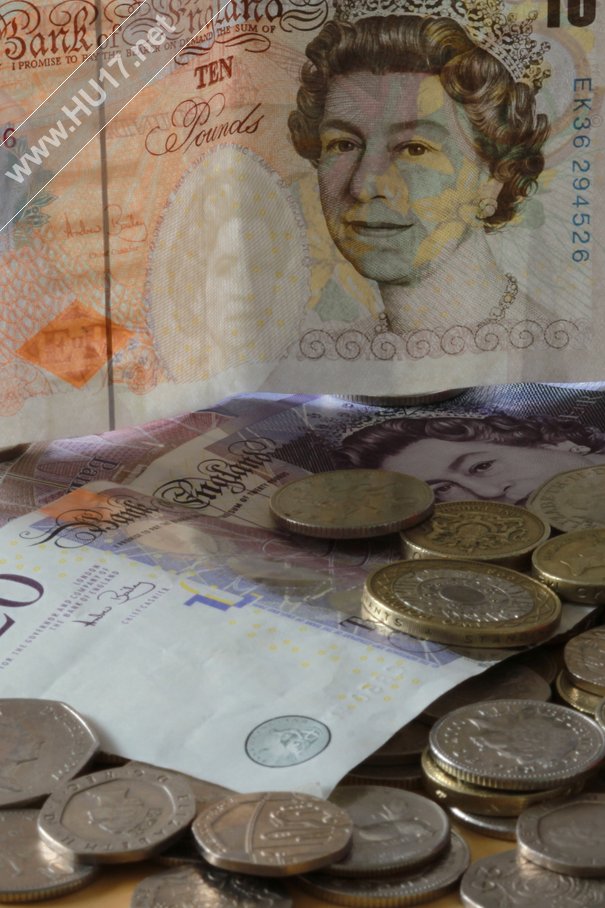
Back in the dark days of 2005, when Rover collapsed with debts of £1.4 billion and the loss of 6,300 manufacturing jobs and 3,000 more in related supply functions, it was hard to imagine a UK car industry in the sort of buoyant position it enjoys today.
Car production has rebounded to above the point it reached before Rover’s demise, and looks set to keep climbing. The industry generates some £70 billion in turnover, there’s healthy investment from manufacturers, and British marques are very popular in home and export markets.
Popularity of UK marques
The success of British-based marques has had a two-fold effect on boosting the UK car industry economically speaking. Sales at home and through export markets are up and prestige brands are very popular, which is good news for the mainly mid to upmarket UK marques such as Jaguar, Land Rover, MINI and Rolls-Royce.
For example, Rolls-Royce has increased its sales four-fold from the time Rover collapsed. There is a general taste among buyers to go for a more prestigious car if they can – and flexible funding options make this more possible for more people – so prestige UK brands win.
It’s also fair to say that UK brands don’t really represent ‘mundane’ cars anymore and each car has a higher monetary value.
Investment
Foreign car makers operating in the UK, such as Nissan and Honda, have shown commitment to their UK operations with heavy investment in new facilities and an expansion which has not only created more jobs, but also more work for people in support industries. For example, Honda plans to make its Swindon plant the global hub for the high-selling Civic model – a car popular across a wide spectrum of drivers from experienced motorists to those learning the rules of the road – with a £200 million investment.
Jaguar Land Rover’s foreign parent – the Indian company Tata – has invested £10 billion in the business and sales have doubled in less than five years to 450,000 vehicles. This obviously has a positive effect on turnover, staffing levels, support industries and profitability.
This investment means new, exciting models are being developed to make the brands competitive, and new technologies such as hybrid and electric power are being developed with money behind them.
Communication with governments
Such a huge industry has needed a more co-operative political environment in order to thrive.
The Automotive Council, formed under the previous Labour government, enabled the industry to articulate its aims while addressing how it could help to achieve goals on the environment or transport, for example.
Exports
The popularity of UK brands, as discussed above, makes for healthy exports. Nearly 80% of cars produced in Britain are exported which makes the UK car industry responsible for 10% of all exports. These exports are crucial for contributing to the growth needed to help the UK compete with its global rivals.
Next steps
To grow the industry further, the next goal is to source more parts in the UK to lift the home-grown content of cars made here from its present level of about a third. This is a matter of encouraging component manufacturers to up their game – and providing the right conditions for SMEs to thrive in.
There’s still much to do and many challenges ahead, but the car UK car industry is ever-growing with a healthy demand for its products. It’s time to strike while the iron is hot and build on this to properly capitalize on the opportunities it offer in the long term, especially when it comes to replacing the gaps left by declining industries and the trimmed public sector.


